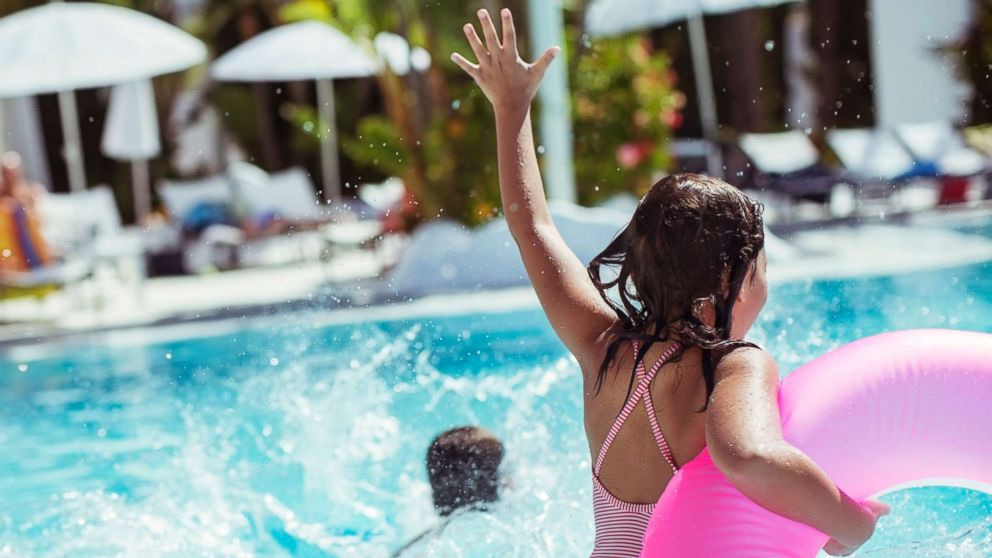Summer vacations often include fun-filled days by the pool, at the beach, lake, or water park, creating cherished family memories. However, water activities also necessitate heightened safety awareness. A 2024 report from the Centers for Disease Control and Prevention (CDC) revealed that unintentional drowning deaths significantly increased during 2020-2022 compared to 2019. Drowning remains the leading cause of death among children ages one to four. Here are some expert tips to ensure water safety during your vacation.

Prioritize Swimming Lessons
Before heading out on vacation, enrolling your children in swimming lessons is a crucial step. Research indicates that teaching water competency can reduce the risk of drowning by up to 88%. Michelle Sterling, senior program manager for Safe Kids Worldwide, advises starting swimming lessons as early as possible and continuing them annually as your child grows. Adam Katchmarchi, CEO of the National Drowning Prevention Alliance (NDPA), emphasizes the importance of refresher lessons, especially if it’s been a while since your child last swam. If pre-vacation lessons aren’t feasible, consider enrolling your children in swim classes offered at your destination.
Home and Away: Practicing Water Safety
Whether you have a pool at home or rarely visit water bodies, instilling water safety practices in children is vital. Teach them never to swim without an adult present. Katy Murphy, co-owner of Goldfish Swim School-Saint Johns, stresses the importance of explaining the dual nature of water—fun yet potentially dangerous. Parents should communicate the necessity of adhering to rules at water parks, pools, and beaches, and always listening to lifeguards and adults.
The NDPA and American Red Cross offer online resources to help parents educate their children about water safety. Additionally, parents should familiarize themselves with basic first aid and CPR to act as first responders in an emergency. Understanding what drowning looks like—often silent and quick, without the dramatic flailing depicted in media—is also crucial. Signs include treading water unsuccessfully, a head low in the water, or glassy eyes.
Essential Safety Gear and Vigilance
When packing for a water-centric vacation, bringing the right safety gear is essential. For boating or open water activities, ensure you have U.S. Coast Guard-approved life jackets in the correct sizes for your children. Sterling highlights the importance of bright or neon swimwear for children, as these colors are easier to spot in water compared to blue or dark shades.
Once at your destination, maintaining vigilance is key. For children who aren’t proficient swimmers, an adult should be in the water, within arm’s reach. Even in lifeguarded areas, parents must remain attentive. Creating barriers and removing temptations can prevent unsupervised access to water. Ensure doors leading to pools are locked, and keep alarms active. Teach children that pool toys and floats are not life-saving devices, and remove these items from the water after playtime to avoid enticing children back unsupervised.

Understanding Environments and Limitations
Different water environments—pools, lakes, and oceans—pose unique challenges. Whipple points out that children accustomed to indoor pools might find outdoor pools or natural bodies of water disorienting due to factors like reflections, currents, and varying depths. Parents should assess their child’s skills and limitations, watch for signs of fatigue, and ensure familiarity with the vacation rental’s address for emergencies.
